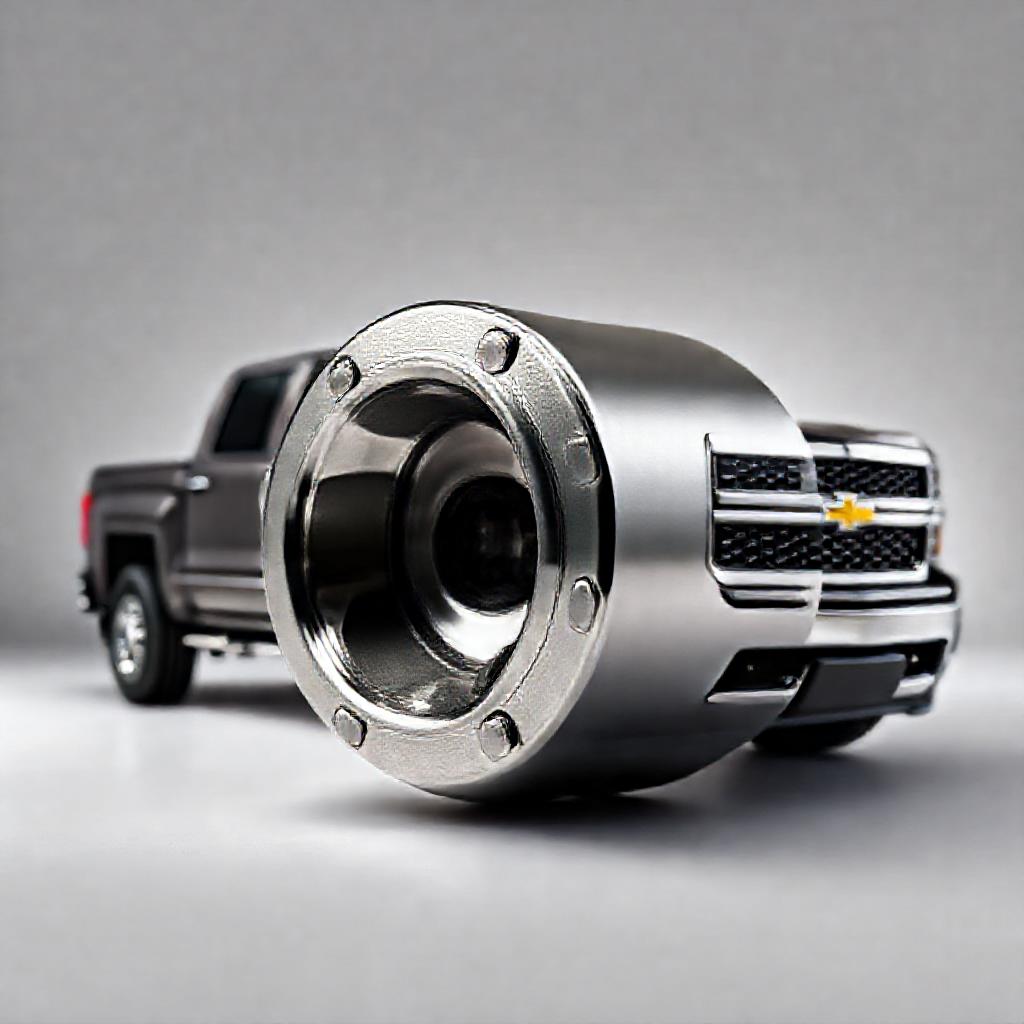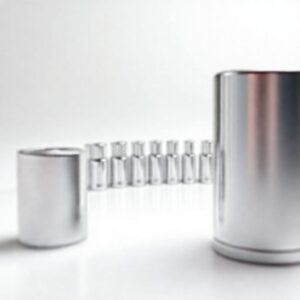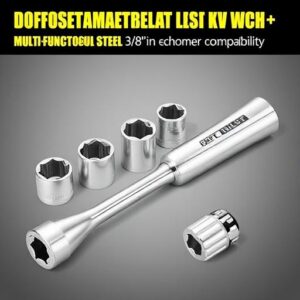Knowing the correct lug nut socket size for your Chevrolet Silverado 1500 is essential for safe and effective tire maintenance or emergency repairs. Using the wrong socket can lead to stripped threads, damaged wheel studs, or improperly secured wheels, all of which pose serious safety risks. Whether you’re a seasoned mechanic or a DIY enthusiast, this guide will walk you through the standard socket sizes for your truck, how to verify them, and the tools you need to handle the job correctly. By the end, you’ll be equipped to avoid common pitfalls and ensure your Silverado stays road-ready.
Step-by-Step Process
Identify Lug Nut Type
Check if lug nuts are standard or extended.
Measure Lug Nut Size
Use a caliper to measure the socket size.
Verify Socket Fit
Test the socket on a lug nut for proper fit.
Check for Common Sizes
Most Silverado 1500s use 22mm or 19mm sockets.
Confirm with Manual
Refer to the owner’s manual for exact specifications.
Process infographic for Chevy Silverado 1500 Lug Nut Socket Size
Common Lug Nut Socket Sizes for the Chevrolet Silverado 1500
Standard Socket Size for Most Models
The Chevrolet Silverado 1500 typically uses a 19mm or 3/4 inch socket for its lug nuts. This size has been standard for many model years, especially from 2000 to 2023. However, some variations exist depending on the model year and wheel type.
Variations by Model Year
While the standard size remains consistent, specific model years may require adjustments:
- 2000–2006: 19mm or 3/4 inch is standard, though early models might differ slightly.
- 2007–2013: 21mm or 13/16 inch became more common, particularly with upgraded wheel designs.
- 2014–2023: 3/4 inch is universal across most models, regardless of wheel setup.
Always cross-check the size for your specific truck, as exceptions can arise from factory configurations or modifications.
Variations by Wheel Type
Factory-installed steel wheels often use 19mm or 3/4 inch sockets, while newer models with chrome or alloy wheels (2014–2023) may retain the same 3/4 inch size. Aftermarket wheels, however, can vary, so it’s crucial to measure or consult the manufacturer’s specifications before proceeding.
How to Determine the Correct Socket Size
Check the Owner’s Manual
Your Silverado 1500’s owner’s manual is the most reliable source for lug nut specifications. Look for the “Tire and Wheel Information” section, which usually lists the required socket size. If you don’t have the manual, search for your vehicle’s year and model online—many manufacturers offer digital copies.
Measure the Lug Nut
If the manual isn’t available, use a digital caliper or ruler to measure the distance between two opposite sides of the lug nut’s hexagonal head. For metric conversions, 1 inch equals 25.4mm. For example, 3/4 inch is approximately 19.05mm, which aligns with the 19mm socket.
Test with a Socket Set
Gather a set of sockets that closely match your estimated size. Test each socket on a lug nut to find the one that fits snugly without wobbling. Avoid using undersized or oversized sockets, as they can damage the nut’s edges and compromise wheel security.
Essential Tools for Removing and Installing Lug Nuts
Correct Socket Size
A precise socket is non-negotiable. Using the wrong size increases the risk of stripping the lug nut or damaging the wheel. For most Silverado 1500 models, a 3/4 inch or 19mm socket is the baseline, but verify your year and wheel type first.
Torque Wrench
Adequate torque is vital for safe wheel installation. For 2000–2006 models, aim for 80–100 ft-lbs, while 2007–2013 models generally require 100–120 ft-lbs. Newer trucks (2014–2023) often use the same 100–120 ft-lbs range. Always follow your manual’s exact recommendations.
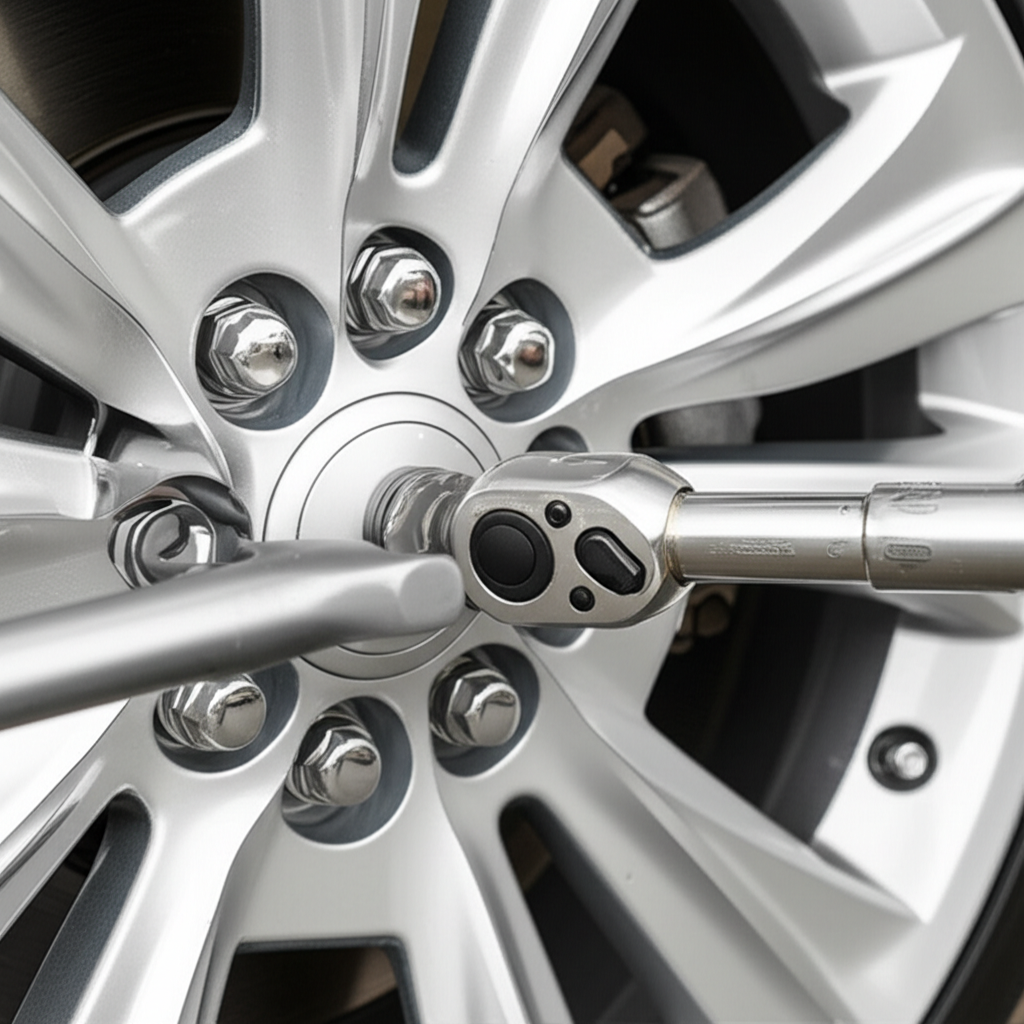
Impact Wrench (for Professional Use)
Impact wrenches are ideal for quick tire changes but require care to avoid over-tightening. Professionals often use these tools for efficiency, but if you’re working alone, a manual ratchet or breaker bar may offer better control.
Breaker Bar (for Stubborn Nuts)
For tightly fastened or corroded lug nuts, a breaker bar provides the leverage needed to loosen them without damaging the socket or nut. Apply steady force and avoid sudden jerks to prevent stripping.
Wheel Chocks and Jack Stands
Never work on a lifted vehicle without wheel chocks and jack stands. These tools stabilize the truck and reduce the risk of accidents. Place chocks on the wheels opposite the one being worked on for added safety.
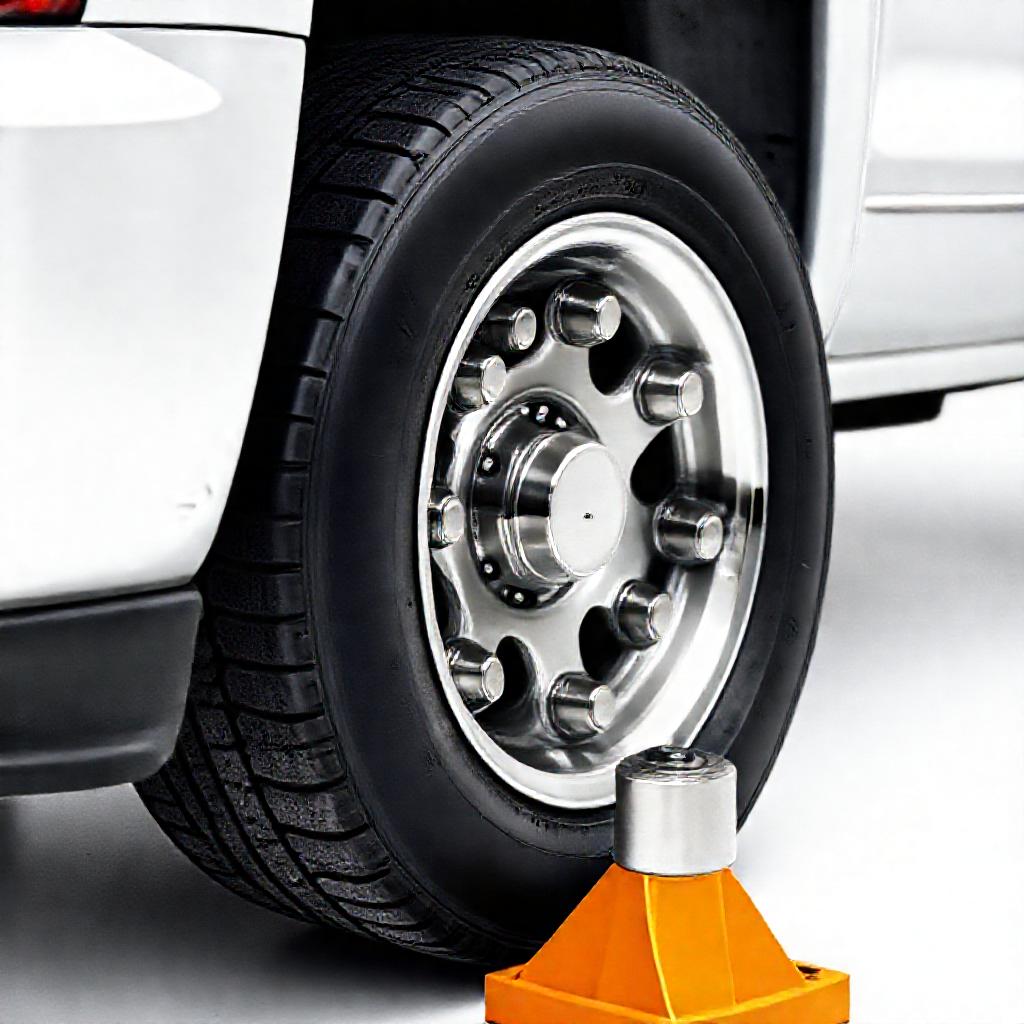
Step-by-Step Guide to Changing a Tire
Preparation and Safety Measures
Park on a flat, stable surface, engage the parking brake, and apply wheel chocks. Ensure the spare tire is properly inflated and ready for use. Gather all necessary tools before starting to avoid interruptions.
Loosening the Lug Nuts
Use the correct socket and a ratchet or breaker bar to loosen the lug nuts while the wheel is still on the ground. Turn them counterclockwise, but be cautious—some older models may feature reverse-threaded lug nuts, which require the opposite direction.
Removing the Wheel
Once the lug nuts are loose, lift the vehicle using a jack and remove the nuts entirely. Carefully take off the wheel and place it on a stable surface. Inspect the studs and rim for damage before proceeding.
Installing the Spare Tire
Align the spare tire with the wheel studs and hand-tighten the lug nuts in a star pattern to ensure even pressure. This prevents warping and guarantees a secure fit. Avoid over-tightening at this stage; final torque adjustments come later.
Final Checks and Reassembly
After lowering the vehicle, use a torque wrench to tighten the lug nuts to the recommended specifications. Recheck the tightness after driving approximately 50 miles to confirm stability. Keep the correct socket handy for future maintenance needs.
Additional Considerations
Reverse Threaded Lug Nuts
Certain older Silverado 1500 models, particularly those with unique wheel configurations, may use reverse-threaded lug nuts. If the nut tightens instead of loosening when turned counterclockwise, switch to a clockwise rotation and confirm by checking for directional markings.
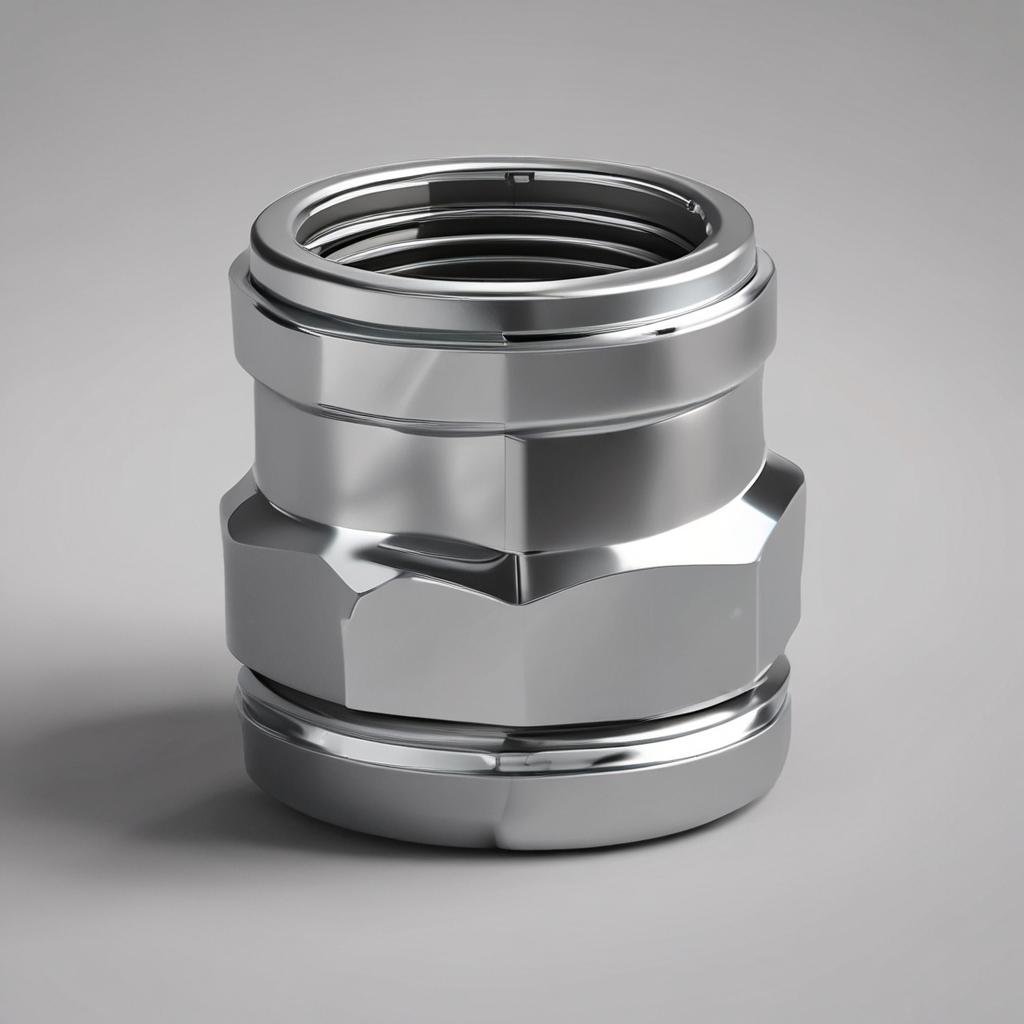
Aftermarket Wheel Compatibility
Aftermarket wheels can vary significantly in lug nut size. Always verify the required socket size with the wheel manufacturer or by measuring the nuts directly. Mismatched sizes can lead to improper installation and costly repairs.
Importance of Proper Lubrication
Corrosion or rust can make lug nuts difficult to remove. Apply penetrating oil to stubborn nuts and let it sit for 15–30 minutes before attempting to loosen. This reduces the force needed and prevents damage to surrounding components.
Regular Maintenance Checks
Periodically inspect lug nuts for wear, especially after driving on rough terrain or in harsh weather. Use the correct socket to check their fit and ensure no tools are overdue for replacement. Maintaining these details prolongs your vehicle’s lifespan and safety.
Frequently Asked Questions (FAQ)
Q: What if I don’t have the correct socket size?
A: Use a socket set with a range of sizes to test against the lug nut. If unsure, visit an auto parts store—they often provide free measurement tools and expert advice.
Q: Can I use a universal socket for my Silverado 1500?
A: Universal sockets may work temporarily but can damage the lug nut’s hex. Invest in a model-specific socket to ensure precision and longevity for your tools.
Q: Does the lug nut socket size vary between front and rear wheels?
A: No, the Chevrolet Silverado 1500 typically uses the same socket size for all wheels. Focus on model year and wheel type instead of axle location.
Q: How do I convert millimeters to inches for socket sizes?
A: Use a conversion chart: 19mm ≈ 0.748 inches, 21mm ≈ 0.827 inches. A digital caliper with dual units offers the easiest solution for accuracy.
Q: Why is torque important for lug nuts?
A: Over-tightened nuts can warp the wheel or damage studs, while under-tightened ones risk loosening during drive. Proper torque ensures the wheel remains securely attached without stress.
Conclusion
Using the correct socket size—most commonly 19mm or 3/4 inch—for your Chevrolet Silverado 1500 is a critical step in any tire-related task. Variations exist based on model year and wheel type, so always measure or refer to your owner’s manual for confirmation. Prioritize safety by using precision tools and following recommended torque specifications. By investing a few minutes to verify the right socket size, you’ll protect your vehicle from avoidable damage and ensure a smooth, secure driving experience for years to come.

